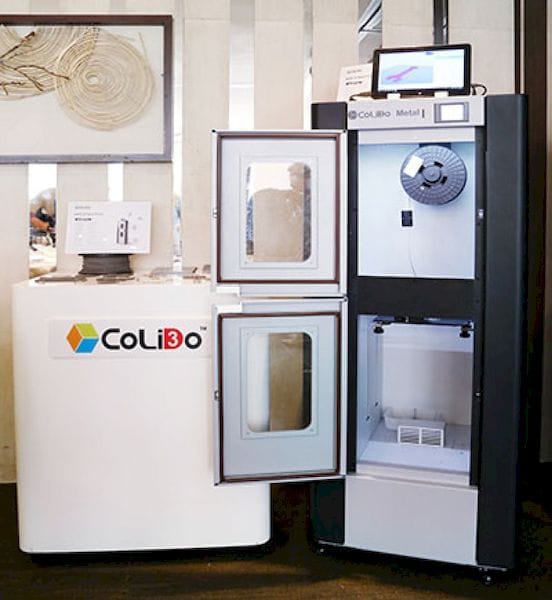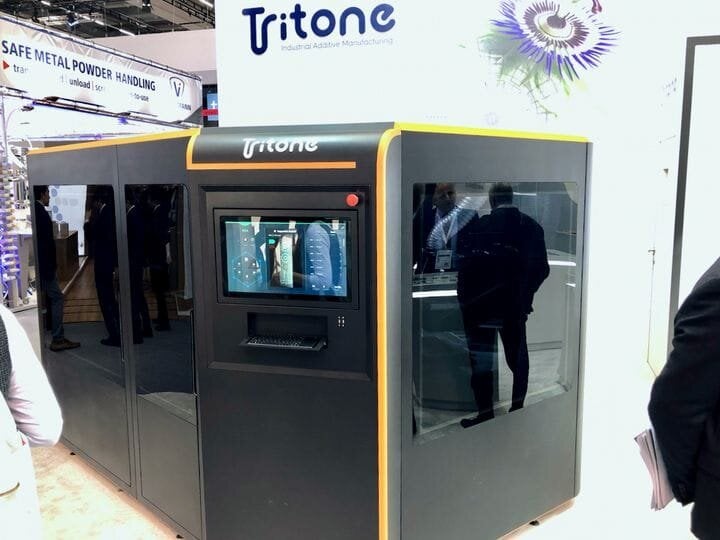![CoLiDo’s new METAL AMSS 3D printer [Source: CoLiDo]](https://fabbaloo.com/wp-content/uploads/2020/05/image-asset_img_5eb09e1b41616.jpg)
After a couple of years of development, Hong Kong-based CoLiDo has released their new metal 3D printer.
We’ve anticipated this development for several years, after seeing hints of their metal experiments at CES 2017, and again seeing a prototype machine at CES 2018.
I still feel this is a surprising development, because the company behind the CoLiDo brand, Print-Rite, is actually a 2D print company that has been exploring the 3D space for only a few years. Their prior machines have all been open-format desktop units, about as far as you can come from a metal 3D printer and still be in the industry.
But it may be the company is being quite strategic. Today we see dozens, perhaps hundreds, of Asian startups producing low-cost desktop 3D printing equipment in a massive race to the bottom. Low price wins in that space, and it’s really not the best competitive situation to be in. Print-Rite / CoLiDo may see their new “CoLiDo METAL AMSS” as a way out of that challenging market.
The METAL AMSS is a filament-based metal 3D printer. It prints a part in the usual filament way, but there’s a difference: the filament is 90% metal powder, mixed with a printable binder. After printing the “green” part is then subjected to a sintering furnace, where the binder is burnt out cleanly, leaving the metal particles to sinter together.
They say the debinding stage can take as much as 24hrs exposure to 1600C temperatures to complete.
CoLiDo says the green part will shrink by approximately 19% during the furnace stage. To account for this, the METAL AMSS automatically enlarges the print by 19% to ensure the shrunken final part is of accurate dimensions.
CoLiDo says they currently will offer filament made from Stainless Steel 316L and Tool Steel. They are also working on releasing aluminum and titanium filaments very soon, with the “product range expanded in 2019”.
This is good news for those seeking an inexpensive metal 3D printing solution, as the traditional metal players are spectacularly expensive, and not just in the machine cost itself. There are considerable costs in the specialized metal powders required, as well as the costs to construct and operate the highly safe environments they work within.
Meanwhile, the CoLiDo solution should be easy to operate, as it requires no special environmental treatment – but you do need to have a sintering furnace handy.
One more thing: prints emerging from this process are less likely to be certifiable for use in certain industries, such as aerospace. Certification is a highly complex matter that takes years to obtain and it’s not clear to me that the filament process is able to do so.
However, there are still plenty of 3D printing metal applications that do not require certifications that are quite applicable to this new machine from CoLiDo.
Via CoLiDo











FELIXprinters has released a new bioprinter, the FELIX BIOprinter, which is quite a change for the long-time 3D printer manufacturer.